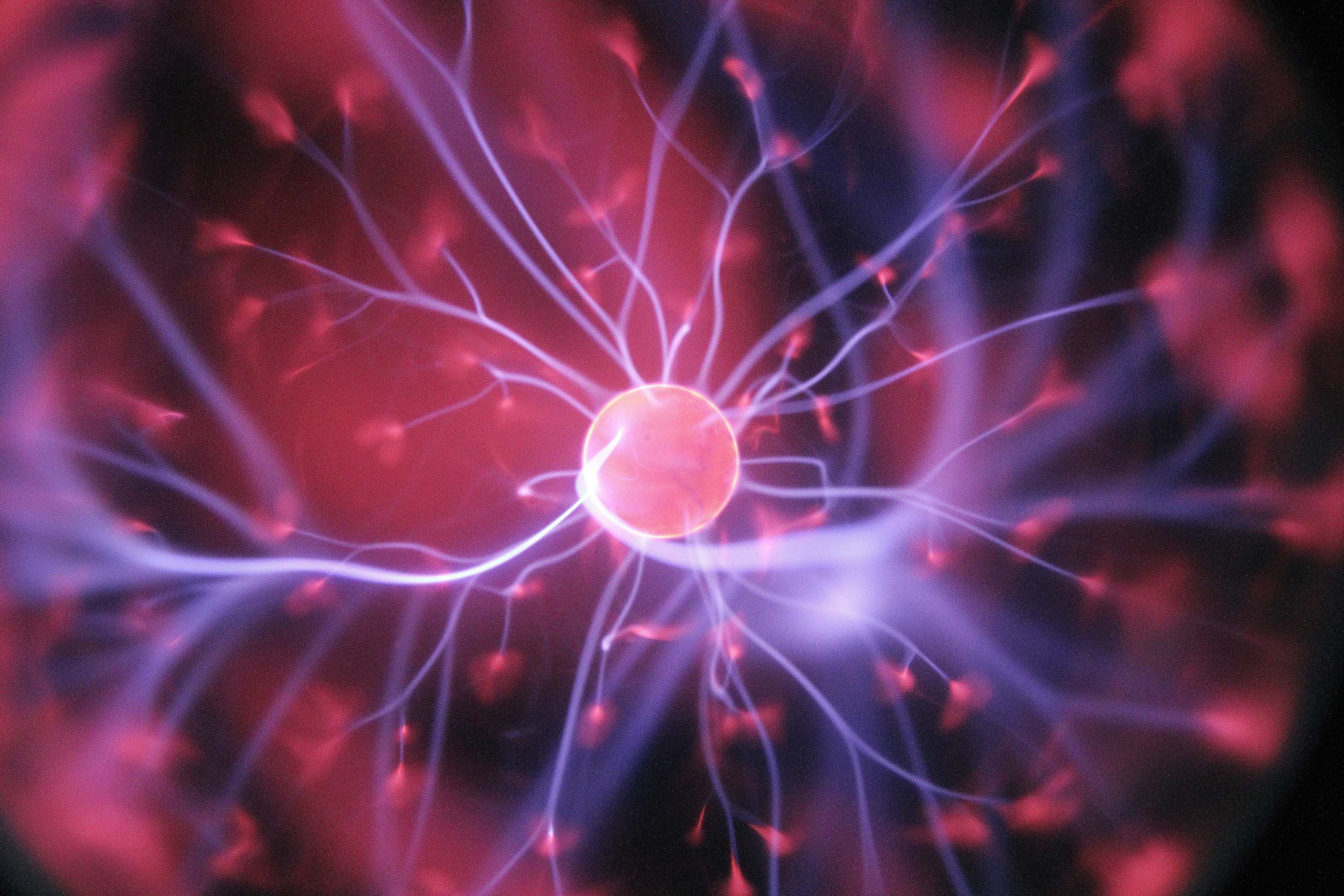White fat cells, or white adipocytes, are the most common type of fat in the adult body. They play essential roles in energy storage, insulation, and metabolic regulation. While maintaining some white fat is crucial for health, excessive white fat—especially around the abdomen—can increase the risk of obesity-related diseases. Here’s a look at how white fat cells function and what happens to them during and after weight loss.
What Are White Fat Cells?
Structure
White fat cells are large, round cells with a single large lipid droplet that stores fat. This droplet occupies most of the cell, pushing the nucleus and cytoplasm to its edges.
Functions
- Energy Storage: White fat stores energy as triglycerides, which are released into the bloodstream when the body needs fuel.
- Insulation and Protection: It helps regulate body temperature and cushions organs against shocks.
- Endocrine Role: White fat produces hormones like leptin (which regulates appetite) and adiponectin (influencing glucose regulation and fat metabolism), playing a central role in maintaining energy balance.
Locations in the Body
- Subcutaneous Fat: Found beneath the skin, it provides insulation and is commonly stored around the hips, thighs, and abdomen.
- Visceral Fat: Surrounding internal organs in the abdominal cavity, excess visceral fat is linked to higher risks of type 2 diabetes, cardiovascular disease, and metabolic syndrome.
What Happens to White Fat Cells During Weight Loss?
Step 1: Fat Cell Shrinkage
When you reduce calorie intake or increase physical activity, the body begins to use stored fat in white fat cells for energy. Fat cells shrink as triglycerides are broken down and released into the bloodstream. This shrinkage starts immediately during a calorie deficit but occurs gradually over weeks to months.
Step 2: Empty Fat Cells Persist
Even after losing fat, the now-shrunken white fat cells remain in the body as placeholders. These empty cells make it easier for the body to regain fat if calorie intake increases. Sustained lifestyle changes are required to keep these cells empty and prevent fat regain.
Step 3: Fat Cell Elimination Through Apoptosis
Over time, some shrunken fat cells undergo apoptosis, a natural process where the body eliminates unused cells. Apoptosis occurs slowly and can take 1–2 years or more of maintaining a lower body weight. However, not all fat cells are eliminated, and many may persist long-term.
Factors Influencing Fat Cell Reduction
- Age: Younger individuals often have more resilient fat cells, which may not break down as quickly as in older adults.
- Exercise: Regular exercise, especially strength training, helps maintain a lower body fat percentage and discourages fat cells from re-expanding.
- Consistency: Avoiding weight fluctuations and maintaining healthy habits can reduce the likelihood of fat cell refill and promote gradual cell elimination.
Why Sustained Lifestyle Changes Matter
Fat Shrinkage Happens Quickly: Fat cells start shrinking immediately during weight loss but don’t disappear right away.
Elimination Is Slow: The process of fat cell apoptosis is gradual, taking years of consistent weight maintenance.
Risk of Regain Remains: The persistence of empty fat cells makes it easy for the body to regain fat if old habits return.
Final Thoughts
Weight loss reduces the size of white fat cells, but their elimination requires long-term effort and consistency. This is why adopting a sustainable, healthy lifestyle is essential for long-term weight management. Combining regular exercise, a balanced diet, and steady weight maintenance can help reduce the number of white fat cells over time, improving metabolic health and reducing the risk of obesity-related conditions.


